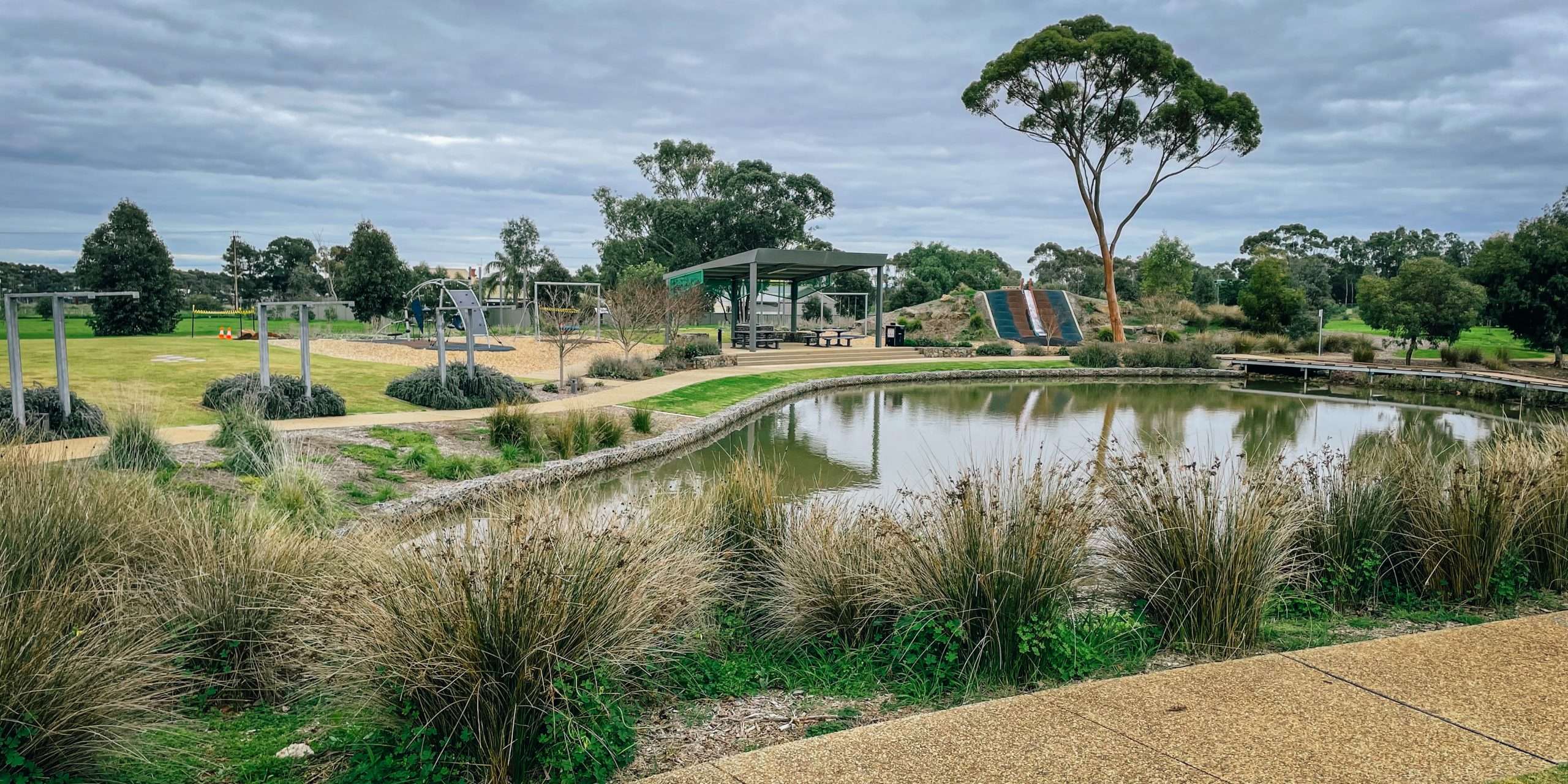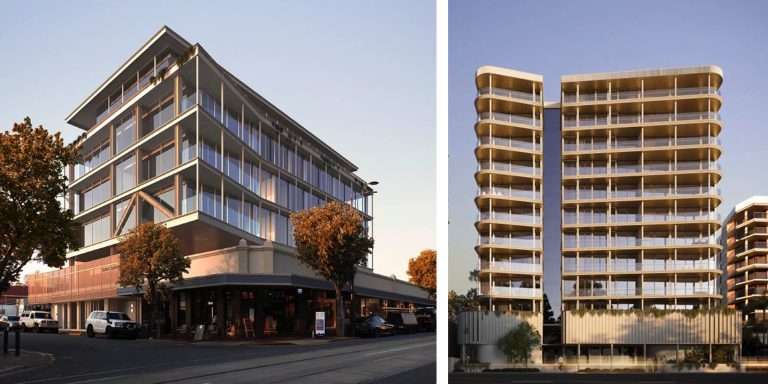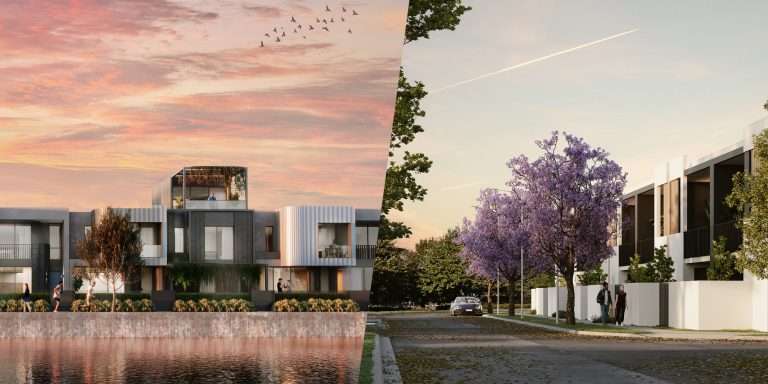The ERD Court has issued a ruling in the matter of Evanston South Pty Ltd v Town of Gawler Assessment Panel [2022] SAERDC 14.
The proposed development was for a childcare centre located in an Open Space Zone on the southern edge of Gawler. The proponent had appealed against the Council Assessment Panel’s refusal of this application. URPS provided expert evidence during the case in support of the Council’s position.
The Court found in favour of the Council. The judgement makes for fascinating reading and sheds light on the Court’s interpretation of various elements of the Planning & Design Code. Some key observations we make of this ruling are as follows:
The Desired Outcome assists in understanding the Open Space Zone
The Court found that “the DO sets the overarching vision for the zone and also frames the way in which the zone POs and DTS/DPFs are to be applied. It also establishes a policy position, of itself, against which the merits of a development ought to be measured…
That the existing features, or activities, on the land do not accurately reflect the Zone goals does not, however, diminish them as an outcome to be striven for. Moreover, if they are unattainable in the circumstances, as held by Bleby J in Alexandrina Council v Strath Hub Pty Ltd [2003] SASC 382 at [35] and [39], they cannot simply be ignored and replaced by some other goal. The land must instead be rezoned.” (underlining added).
The difference between “associated with” and “ancillary to”
Performance Outcome 1.1 in many Zones, including the Open Space Zone, seeks “Development is associated with or ancillary to the provision of…”.
“Ancillary” is settled law. It must be subordinate to, and support, the dominant land use.
In this case, the Court also considered the meaning of “associated with”. It found that “such activities will be expected to either support, or happily co-exist with, recreation areas – that is, they require a comment set of conditions and are complementary in purpose without being for the same purpose… If it was intended that only recreation activities be undertaken then the addition of the works “associated with” in PO 1.1 would be redundant”.
The Court did not regard “associated with” in PO 1.1 to mean “that it was intended to limit activities in the Open Space Zone to, exclusively, outdoor recreation facilities or ancillary and subordinate activities – nor activities for the betterment of an such activities. An associated development in the OSZ must, in my view, be connected with and complementary to recreation facilities, and also be secondary or subservient, rather than, necessarily, part and parcel of such facilities”. (underlining added).
Comparison of Policies in ‘Like’ and Neighbouring Zones
The Court made some brief observations about the policy position of the two neighbouring zones, being the Community Facilities Zone and the Master Planned Neighbourhood Zone, relative to the Open Space Zone. It also considered a zone of a ‘like’ nature being the Recreation Zone.
This approach considers the Code more expansively than simply examining the relevant provisions extracted by SAPPA and reflects the approach taken with assessment against former Development Plans.



